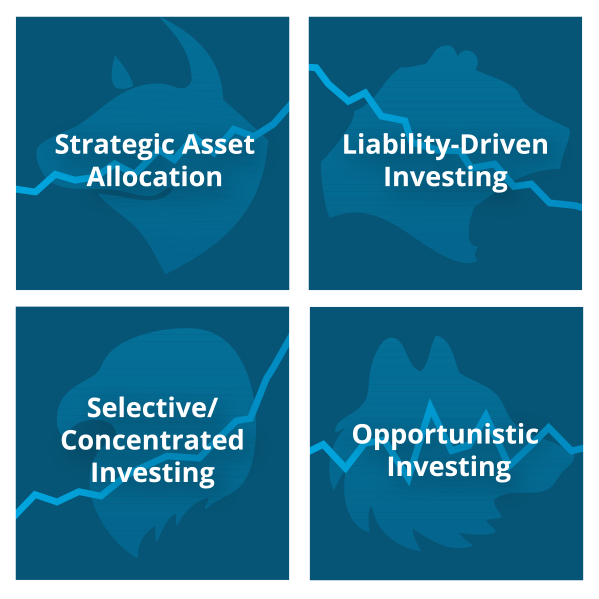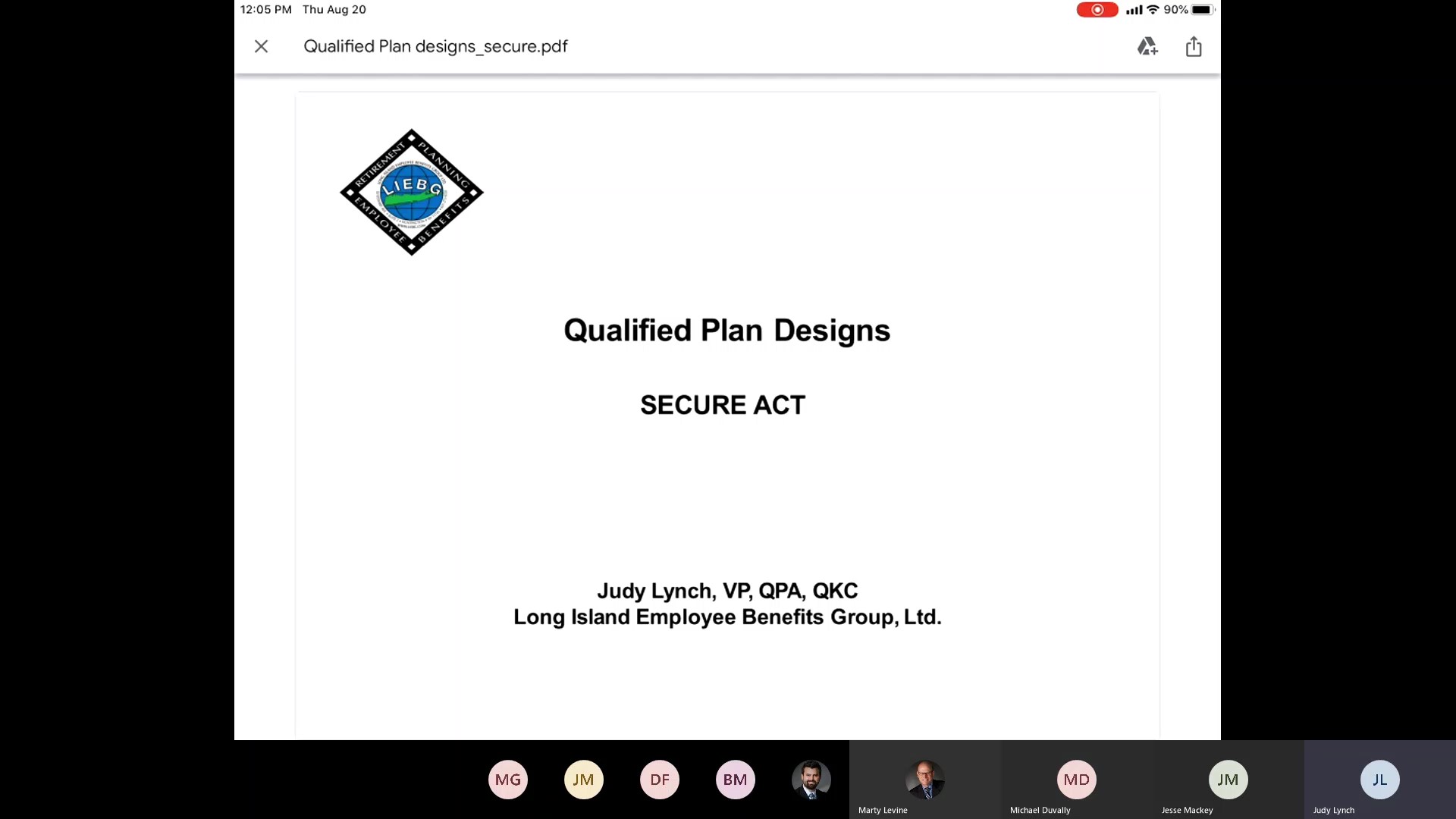
Today’s blogticle concludes our 3 part series on tax efficient investment opportunities. Please see the two previous days coverage for the full story.
Tax Loss Harvesting
A fundamental technique for tax-efficient investment portfolio management that can be used with mutual funds, individual securities, or any other asset that can generate capital gains, is Tax Loss Harvesting – the active realization of capital losses for tax purposes, without incurring an actual loss for the investor’s portfolio. In its simplest form this is accomplished by selling a security that has experienced a loss, waiting thirty days (to avoid the IRS’s “Wash Sale Rule”), and purchasing the same security back in order to regain exposure. The tax loss that is generated as a result can be applied on the investor’s tax return to offset any gains created elsewhere and to claim a loss up to a maximum of $3000 per year, with the balance of the loss to be carried forward for use in future years. In addition to this most basic use of the method, more sophisticated techniques may be used with both mutual funds and individual securities to further minimize/offset taxation and maintain constant market exposure, permitting appreciation that may occur during the 30 days that the investor would otherwise be un-invested.
Mixed Account Type Portfolio Construction
One common technique utilized amongst comprehensive financial planners and investment planners for their clients is appropriate if the investor has multiple accounts with different registration types that are meant for the same investment objective. An example is when an investor has a joint taxable account and an IRA that are both intended to accumulate assets for retirement. In this instance, a single fully diversified portfolio may be constructed with the assets from both of the two accounts. Since some of the assets in this diversified portfolio will be more tax-efficient than others, the planner will purchase the assets that generate the greatest tax liabilities in the tax-deferred IRA account, and the assets that generate the least tax liabilities in the currently taxable joint account. The overall tax bill to the investor will thus be minimized every year.
Tax Transitioning
Tax transitioning is a technique best used when implementing a new portfolio by transferring existing securities holdings from an old portfolio manager to a new portfolio manager. The objective of the technique is to minimize the capital gains tax burden in a single year that might result from the liquidation of low cost basis stock holdings. When an investor owns stock that was originally purchased at a low price and has experienced significant appreciation, the capital gains tax liability associated with selling the entire holding at once may be too much to come up with in that year, especially if the investor has other significant tax liabilities. Therefore, when transferring assets to a new portfolio manager, the investor, in discussion with his/her new manager may decide that it is better to sell only a portion of the highly appreciated stock in the first year, using the proceeds to begin construction of the new portfolio, and then sell the remaining portion in the second tax year (or maybe even again in the third). While this is not optimal from the standpoint of initial portfolio diversification and volatility minimization, it will allow the investor to spread out his/her tax bill for the sale over the course of two or even three years. This technique is most useful if the new portfolio will be initially implemented at the end of the fiscal year, because by waiting only a few weeks until January for the second sale, the second tax bill will not be due until more than a year later, and the entire portfolio may be implemented very quickly.
For additional information contact our panel of experts or the author of this series.







Leave a Comment